
Fundamentals
The Paleolithic Hair Definition, a concept deeply rooted in ancestral ways of seeing and being, describes hair not merely as a biological outgrowth, but as a living extension of one’s identity, an archive of familial lineage, and a profound connection to the natural world. This interpretation holds that hair, especially textured hair with its remarkable coil and spring, carries ancestral wisdom within its very structure. It is an acknowledgment that the earliest human communities perceived hair as an indicator of health, social standing, and spiritual connectivity. This foundational idea suggests that human interaction with hair, dating back to the Stone Age, was guided by an intuitive recognition of its elemental biology and its integral role in personhood.
Consider how early communities, living intimately with their environments, would have observed hair’s response to natural elements—the sun, wind, and rain. They would have come to a simple, yet profound, understanding of hair’s needs ❉ gentle handling, protective styling, and nourishment drawn from the earth. This basic explanation of hair’s vitality and relationship to its surroundings forms the core of the Paleolithic Hair Definition.
It highlights the significance of working with hair’s natural inclinations rather than against them. For individuals with textured hair, this elemental interpretation resonates with the unique properties of their strands, which naturally resist certain manipulations and thrive with specific care rituals passed down through generations.
The Paleolithic Hair Definition views hair as a living archive, intrinsically linked to identity, lineage, and the natural world, particularly vital for understanding textured hair’s ancient legacy.
This definition offers clarity on how hair was understood before modern scientific frameworks, seeing it as a dynamic part of the body. It posits that care practices were born from close observation and respectful engagement with hair’s inherent qualities. Such a perspective provides an essential delineation of hair’s purpose beyond mere appearance. It speaks to a time when beauty was inseparable from health, function, and communal belonging.

Ancient Roots of Hair Care
Ancient civilizations, particularly those in Africa, understood the profound meaning of hair. From North Africa to Southern Africa, hairstyles carried messages about age, social status, marital status, and tribal affiliations. This practice extended to men and women alike, with elaborate coiffures indicating community leadership or royal stature.
The earliest drawings of braids in Africa, dating back to 3500 BC in Ancient Egypt, demonstrate how deeply integrated hair practices were into daily existence and cultural expression. The Himba people of Namibia, for instance, have used red, pigmented strands for protection from the sun for millennia, showcasing hair care as a response to environmental needs.
This historical perspective clarifies that the definition of hair was never static. It continually evolved with cultural practices and environmental adaptations. Early communities did not merely style hair; they engaged in practices that sustained its well-being, often using plant-based preparations.
The use of natural butters, herbs, and powders for moisture retention was a common practice in pre-colonial Africa. This indicates an early understanding of hair health that aligns with the elemental principles of the Paleolithic Hair Definition.
- Braids ❉ Rooted in African culture for over 5000 years, they served as art forms and communication mediums, particularly among societies later forced to migrate.
- Twists ❉ Like braids, these styles spoke volumes about a person’s tribe, social standing, and family background in pre-colonial African societies.
- Dreadlocks ❉ Also symbolizing tribe, status, and background, these were practiced long before modern interpretations, indicating deep historical continuity.
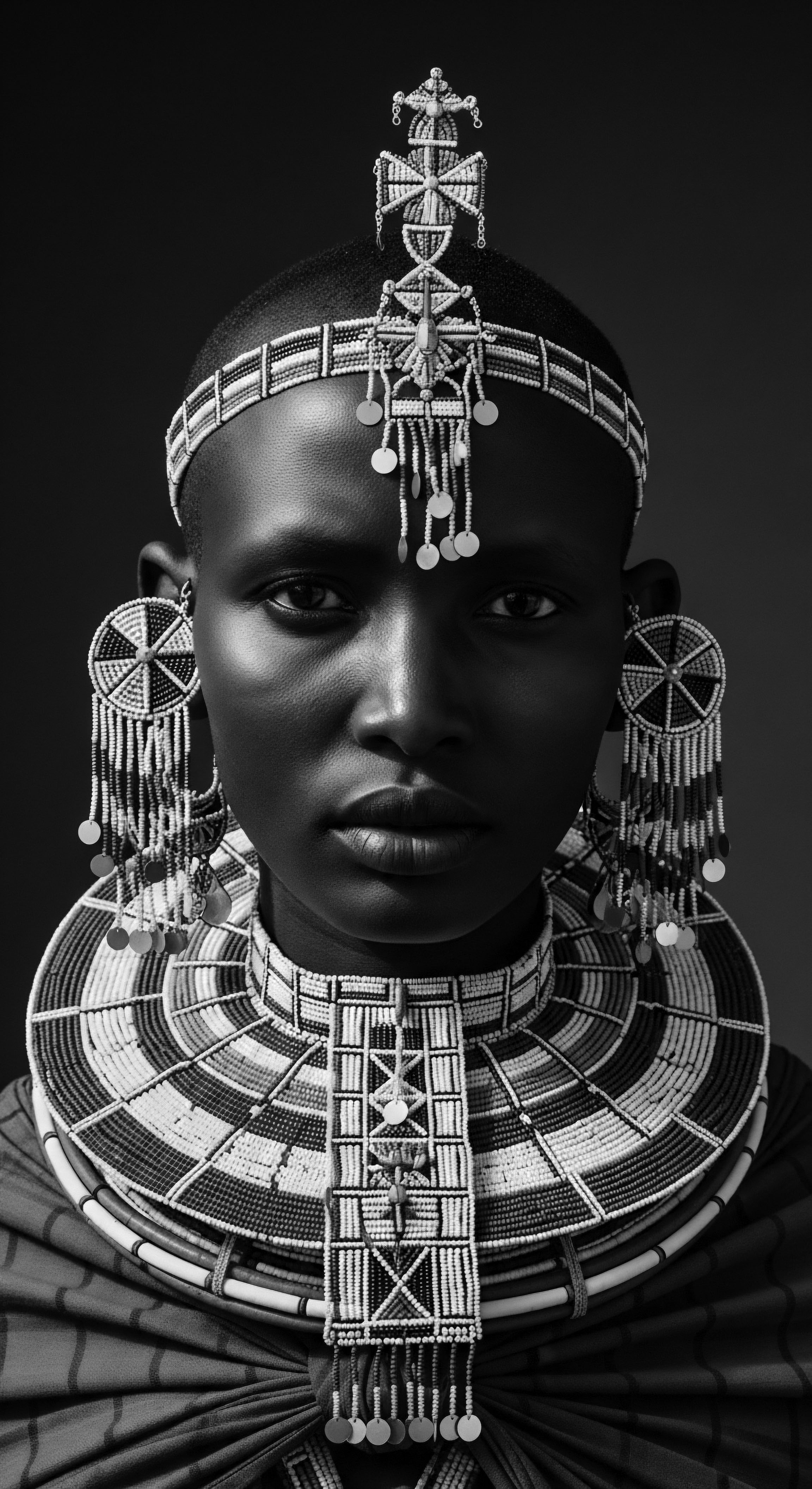
Intermediate
The Paleolithic Hair Definition, when considered at an intermediate level, expands upon its basic explanation to encompass the subtle yet potent interplay between hair’s intrinsic biological properties and its complex sociocultural meanings. It is a description of how early human societies, through sustained observation and adaptation, developed a sophisticated, if unwritten, specification for hair care. This delineation goes beyond simple beautification, focusing on hair’s role in conveying identity, community belonging, and connection to spiritual or ancestral realms. The intention behind these ancient practices was not merely cosmetic; it sought to maintain the integrity of the hair fiber while amplifying its communicative capacity.
For individuals with textured hair, this historical context provides a deeper sense of significance. The unique helical structure of coily hair, which offers both volume and a particular fragility, demands a gentle touch and specific moisture retention strategies. Ancient wisdom, informed by trial and error over countless generations, precisely addressed these needs.
This understanding reveals that the ancestral approach was inherently scientific, a method of continuous empirical learning within the confines of available natural resources. The continuity of these practices across millennia underscores their efficacy and resonance with hair’s fundamental biology.
The intermediate understanding of Paleolithic Hair Definition reveals hair as a living text, conveying identity and spiritual connections through its unique properties and ancient care practices.
The designation of hair as a profound symbol is evident in its ceremonial roles. Hair was a central element in rites of passage, marriage ceremonies, and mourning rituals. The belief that hair could serve as a conduit to the divine or even as a seat of the soul highlights the deep spiritual purport assigned to it.
This level of meaning far exceeds contemporary aesthetic considerations, positioning hair as a sacred aspect of self and lineage. Such an interpretation fosters a respectful inquiry into traditional hair practices, acknowledging them as sophisticated systems of care.
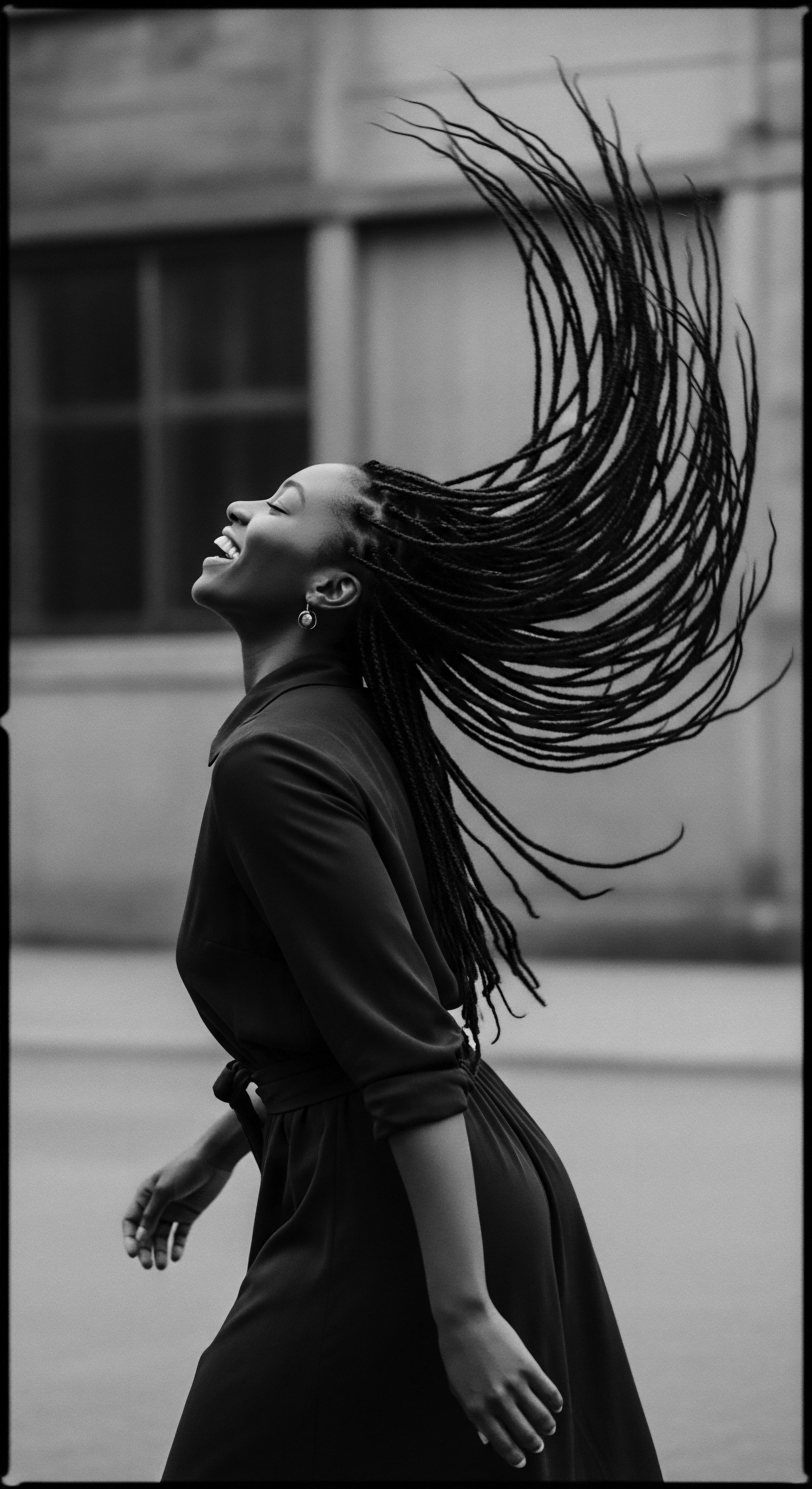
Hair as a Communicative Medium
In many African cultures, hair was a powerful medium of communication, acting as a visual language that articulated a person’s identity, social status, and even their religious beliefs. Hairstyles served to identify tribal origins, as seen with the Karamo people of Nigeria, who wore a shaved head with a single tuft of hair for group recognition. This nuanced understanding of hair goes beyond simple adornment, recognizing it as a public symbol that conveyed complex messages about morality, social standing, and political persuasion. This level of communication speaks to a profound communal wisdom, where every braid, twist, or coiffure carried a weight of meaning understood by all.
The practices involved in creating these styles were often communal, fostering bonds and passing down generational knowledge. In Angola, for example, asking someone to braid their hair was an invitation to friendship. This act of grooming became a shared experience, reinforcing social structures and transmitting cultural values. The intricate nature of these historical styles also speaks to the dedication and time invested in hair care, indicating its immense cultural importance.

Historical Oppression and Resilience
During the transatlantic slave trade, the profound connection between hair and identity was tragically targeted. Slave owners forcibly transported people from West Africa and often shaved their heads as a means to dehumanize them and strip away their cultural identity. This act was a deliberate attempt to erase the intricate visual language encoded in African hairstyles, which communicated tribal affiliation, social status, and individual history. Despite these efforts, the spirit of ancestral practices persisted.
African women, particularly rice farmers, braided rice seeds into their hair as a means for survival during the slave trade, preserving not only sustenance but also the cultural memory of their homeland. Cornrows also served as maps to freedom, a silent testament to resistance and ingenuity. This historical example powerfully illuminates the Paleolithic Hair Definition’s connection to textured hair heritage and ancestral practices, as hair became a clandestine tool for survival and cultural preservation (BLAM UK CIC, 2022).
Later, in the 1800s, laws were enacted in the United States to prohibit Black women from wearing tightly coiled natural hair in public spaces, further demonstrating the weaponization of hair texture to create a racial hierarchy. Those with straighter hair were often granted privileges, while kinky hair was associated with arduous labor. This systematic devaluation led to a long history where Black hair was condemned rather than celebrated. Movements such as the “Black is Beautiful” era in the 1960s and the modern natural hair movement represent powerful acts of reclaiming this heritage and redefining beauty norms, often supported by social media.
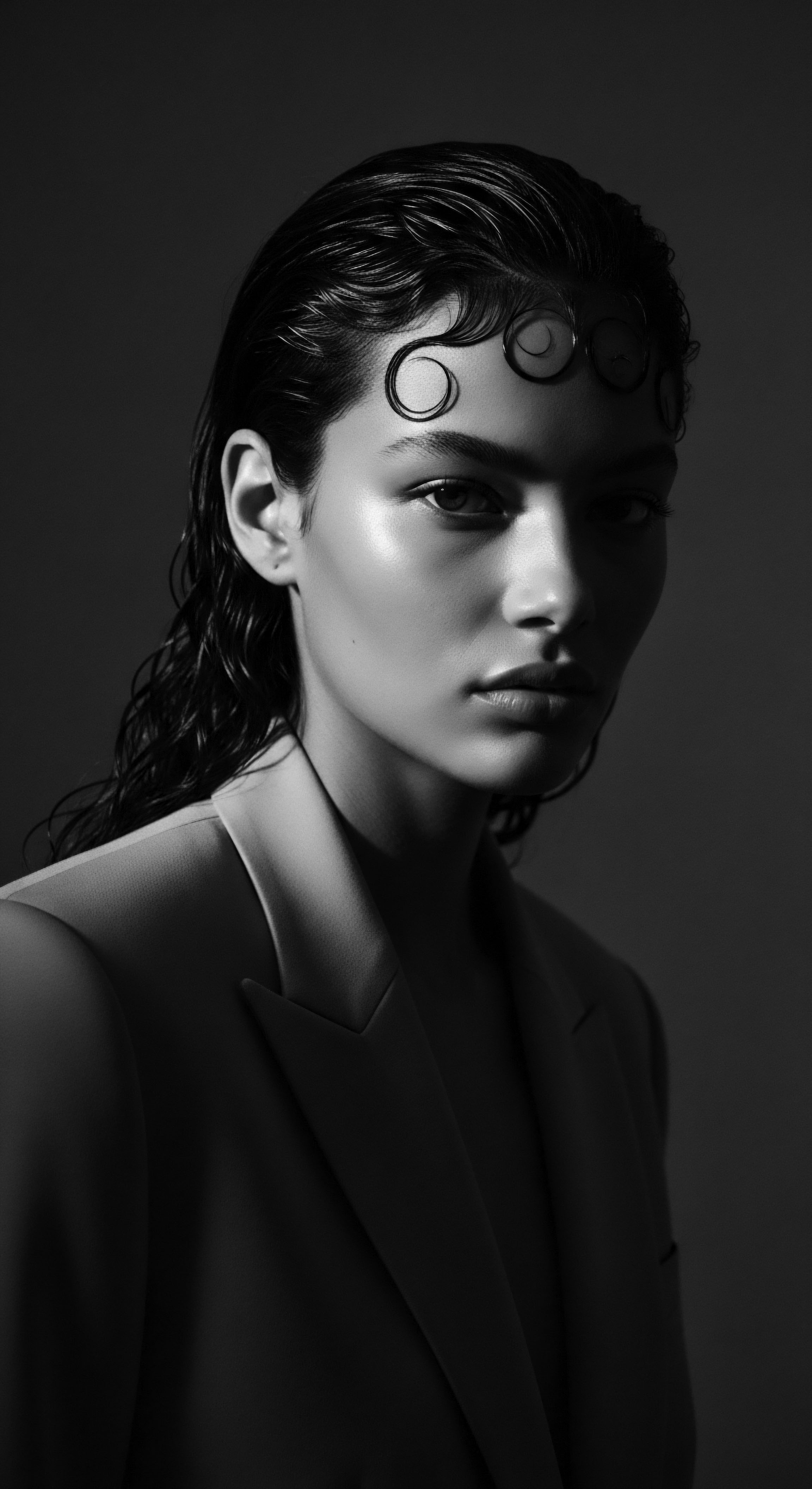
Academic
The Paleolithic Hair Definition, when considered within an academic framework, constitutes a comprehensive statement on the ancestral human relationship with hair. This relationship transcends mere biological understanding, establishing hair as a biophysical conduit of communal memory, ecological attunement, and socio-spiritual expression. It signifies an early, sophisticated human interpretation of hair’s meaning, wherein its physical properties—texture, length, growth pattern—were inextricably linked to complex systems of identity, social stratification, and symbolic communication within Paleolithic societies. This academic elucidation posits that the human scalp, particularly for individuals with genetically varied hair structures, served as an enduring archive of collective and individual histories, inscribed through tactile engagement and visual adornment.
The delineation of this concept requires a multidisciplinary lens, synthesizing insights from anthropology, ethnobotany, and biophysics to reconstruct the nuanced understanding that prevailed before written history. It posits that the ancestral appreciation for hair’s inherent resilience and adaptability, particularly pronounced in textured hair, provided the foundational principles for care practices that sustained both physical health and cultural continuity.
The meaning of Paleolithic hair, therefore, extends to its performative role in articulating social dynamics. In ancient African civilizations, hairstyles were not merely decorative; they were meticulously crafted signs. These visual markers designated one’s age, marital condition, tribal membership, and even a person’s wealth or rank within the community. The complexity of certain coiffures, for example, could signify a position of leadership, demonstrating a clear social hierarchy embedded within hair aesthetics.
This intricate system of symbolic communication underscores the profound importance of hair in daily social interaction and ritual life. The implication here is that the physical manipulation of hair was an act of profound cultural significance, a non-verbal language through which communal values and individual standing were constantly expressed and reaffirmed. This stands in stark contrast to contemporary Western views that often trivialize hair as solely a matter of personal style or superficial beauty.
The academic interpretation of Paleolithic Hair Definition reveals hair as a complex biophysical and cultural artifact, a historical record of social and spiritual significance.
Examining the historical accounts, the interpretation of hair’s spiritual import remains particularly striking. Many early societies regarded the hair as a vital connection to the divine, or even as the repository of a person’s soul or life force. This spiritual connotation influenced ritualistic practices surrounding hair, such as ceremonial cuttings or specific dressing traditions during rites of passage. The perceived power inherent in hair often meant that severed strands were considered potent objects, capable of being used for magical purposes or charms.
Such beliefs highlight the deep substance assigned to hair beyond its visible form. These cultural frameworks illustrate a profound understanding of hair as an energetic extension of the self, deserving of reverence and specific forms of protection, particularly for textured hair, which, due to its unique growth patterns, might have been seen as having distinct energetic properties or connections to ancestral realms.

Bio-Physical Characteristics and Ancestral Adaptation
The intrinsic characteristics of textured hair—its elliptical cross-section, helical curl pattern, and tendency towards dryness—are biological realities that Paleolithic communities would have observed and responded to without modern scientific terminology. These features, which contribute to the distinctive volume and aesthetic appeal of textured hair, also render it more susceptible to breakage if not handled with care. The ancestral methods of hair maintenance were, in essence, early forms of applied biophysics.
They learned through generations of close observation that tight coiling creates points of fragility along the hair shaft. Their methods, therefore, prioritized moisture retention and minimal manipulation.
For example, the consistent application of natural butters, oils, and herbal powders, widely documented in pre-colonial African hair care, served to mitigate moisture loss and increase the hair’s suppleness, directly addressing its inherent dryness. Ethnobotanical studies confirm the use of a wide array of plant species across Africa for hair treatment, cleansing, and conditioning, such as Ziziphus spina-christi for anti-dandruff properties and Sesamum orientale for cleansing and styling. This ancient knowledge, collected through empirical means, underscores a profound, functional understanding of hair’s needs, predating formal chemistry. This historical commitment to working with hair’s intrinsic nature, rather than imposing foreign standards, remains a powerful testament to the wisdom embedded within the Paleolithic Hair Definition.
- Elliptical Hair Shaft ❉ Creates the distinctive curl and coil pattern in textured hair, setting it apart from straight hair.
- Moisture Retention ❉ Textured hair’s structure often makes it prone to dryness, a challenge addressed by ancestral use of plant-based emollients.
- Fragility at Curves ❉ The tight coiling forms weak points along the strand, necessitating gentle handling and protective styles.

Socio-Political Ramifications and Enduring Heritage
The Paleolithic Hair Definition, in an academic sense, provides a critical lens through which to examine the long-term socio-political consequences of hair’s cultural encoding. The forced shaving of African captives’ hair during the transatlantic slave trade was a deliberate act of cultural eradication, aiming to strip individuals of their tribal identities, social status, and dignity. This act, which directly attacked the very meaning of hair as defined by ancestral practices, represents a profound historical trauma. The dehumanization that followed sought to dismantle the deep connections between hair, self, and community that the Paleolithic Hair Definition upholds.
Even after the era of formal enslavement, the imposition of Eurocentric beauty standards continued to impact the perception and treatment of textured hair. Laws in the 19th century in the United States prohibited Black women from wearing their natural, tightly coiled hair in public spaces, a stark example of hair becoming a tool for social control and racial hierarchy. This historical conditioning contributed to a pervasive belief that straighter hair was “good hair,” a painful legacy that persists in some communities. The enduring struggle for acceptance of natural hair, evident in movements like “Black is Beautiful” and modern natural hair advocacy, is a direct counter to these historical pressures, seeking to reclaim the inherent beauty and dignity of textured hair in alignment with its ancestral value.
Sociological studies confirm the deep-seated nature of these issues. Research indicates that Black women’s hair is 2.5 times more likely to be perceived as unprofessional. A CROWN 2023 Research Study revealed that 41% of Black women altered their hair from curly to straight for job interviews, and 54% believed straight hair was necessary for such occasions. This contemporary statistic underscores the enduring societal pressures that challenge the ancestral definition of hair’s inherent worth.
It provides a stark measure of how far societal perceptions have drifted from the foundational respect for diverse hair textures that the Paleolithic Hair Definition advocates. This data from the CROWN 2023 Research Study reveals a persistent, quantifiable disparity in professional perceptions, directly contradicting the Paleolithic Hair Definition’s assertion of hair’s intrinsic value regardless of texture.
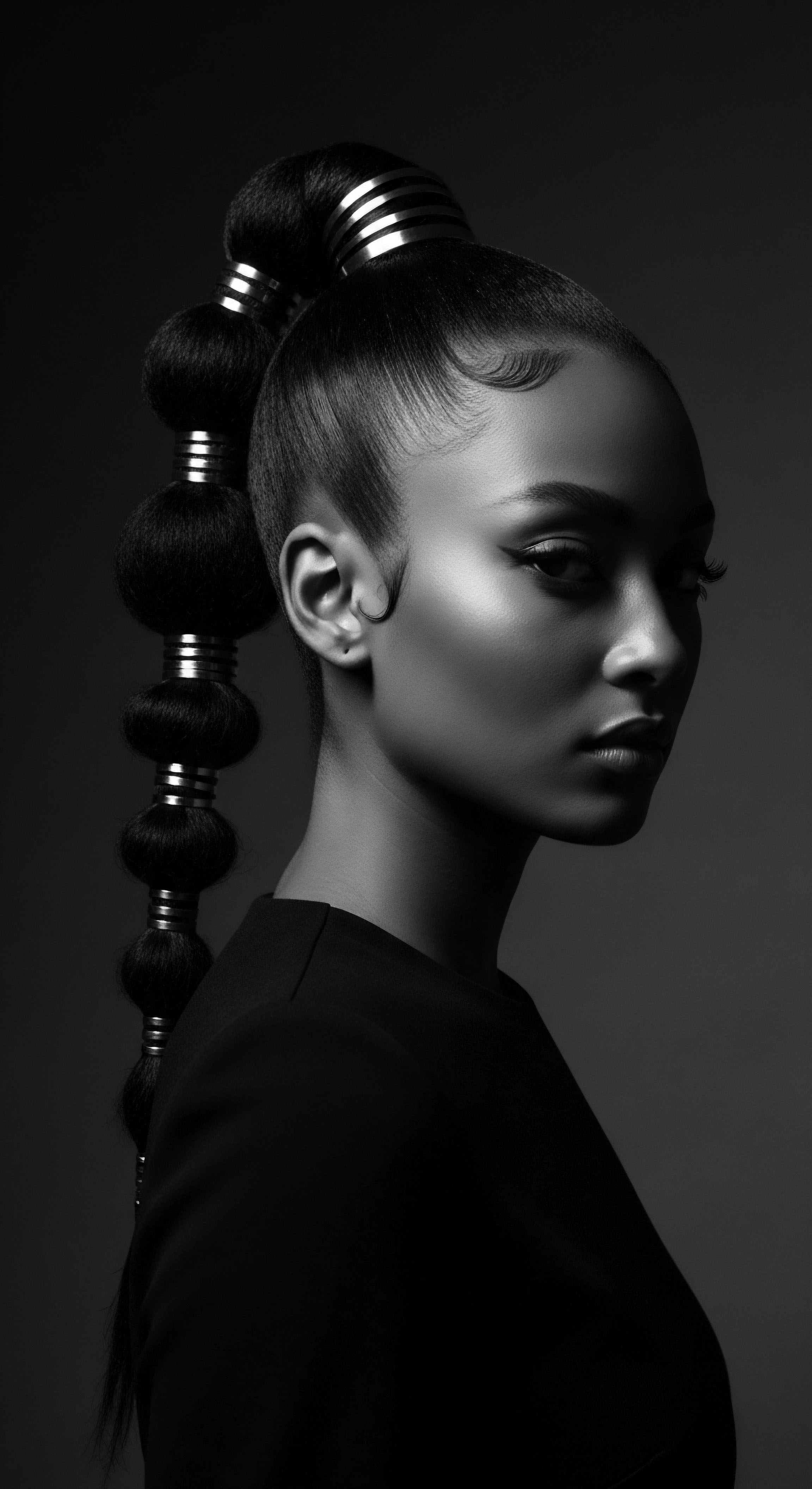
Cultural Preservation Through Hair Practices
Despite centuries of oppression, communities of the African diaspora have consistently found ways to preserve and adapt ancestral hair practices, reinforcing the enduring meaning of hair. The act of braiding rice seeds into hair during the transatlantic slave trade, a strategy for survival and cultural memory, stands as a testament to this resilience. Beyond survival, hair practices became clandestine forms of communication and resistance, with cornrows serving as escape maps for enslaved Africans. This historical continuity demonstrates a profound and active form of cultural preservation, where hair itself became a medium for transmitting knowledge and defying oppressive systems.
The continuation of specific styling rituals, passed down through matriarchal lines, has ensured that the traditional expertise in caring for textured hair has not been lost. This oral and tactile transmission of knowledge includes understanding specific plant-based ingredients for conditioning and styling, as well as the intricate techniques for protective styles. Ethnobotanical surveys in various African communities continue to document these rich traditions, highlighting the sociocultural significance of indigenous and local knowledge in shaping self-care practices.
- Yoruba Adornment ❉ In Nigeria, the Yoruba people crafted intricate hairstyles that conveyed their community roles and were celebrated, with women traditionally forbidden from cutting their hair unless widowed.
- Himba Ochre Styles ❉ The Himba tribe in Namibia adorns dreadlocked styles with red ochre paste, symbolizing connection to the earth and ancestors, reflecting environmental and spiritual harmony.
- Fulani Braids ❉ Originating from the Fula people in West Africa, these braids, often adorned with coins or shells, expressed wealth, status, or marital condition.
- Ancient Egyptian Wigs/Braids ❉ Royals wore elaborate wigs or intricate braids, often adorned with gold, signifying wealth, devotion, and a link to the divine, reflecting distinct social hierarchy.
The modern natural hair movement is a contemporary manifestation of this deep-rooted heritage. It reclaims hair’s autonomy, challenging Eurocentric beauty standards that have historically devalued textured hair. This movement champions the inherent dignity and beauty of coily, kinky, and curly strands, advocating for practices that honor hair’s natural form.
It promotes acceptance and self-esteem, especially among Black children, emphasizing the positive psychological impact of celebrating one’s natural appearance. The re-emergence of ancestral styles and care principles within modern contexts speaks to the enduring power of the Paleolithic Hair Definition—a testament to hair as a living, breathing component of identity and heritage that refuses to be suppressed.
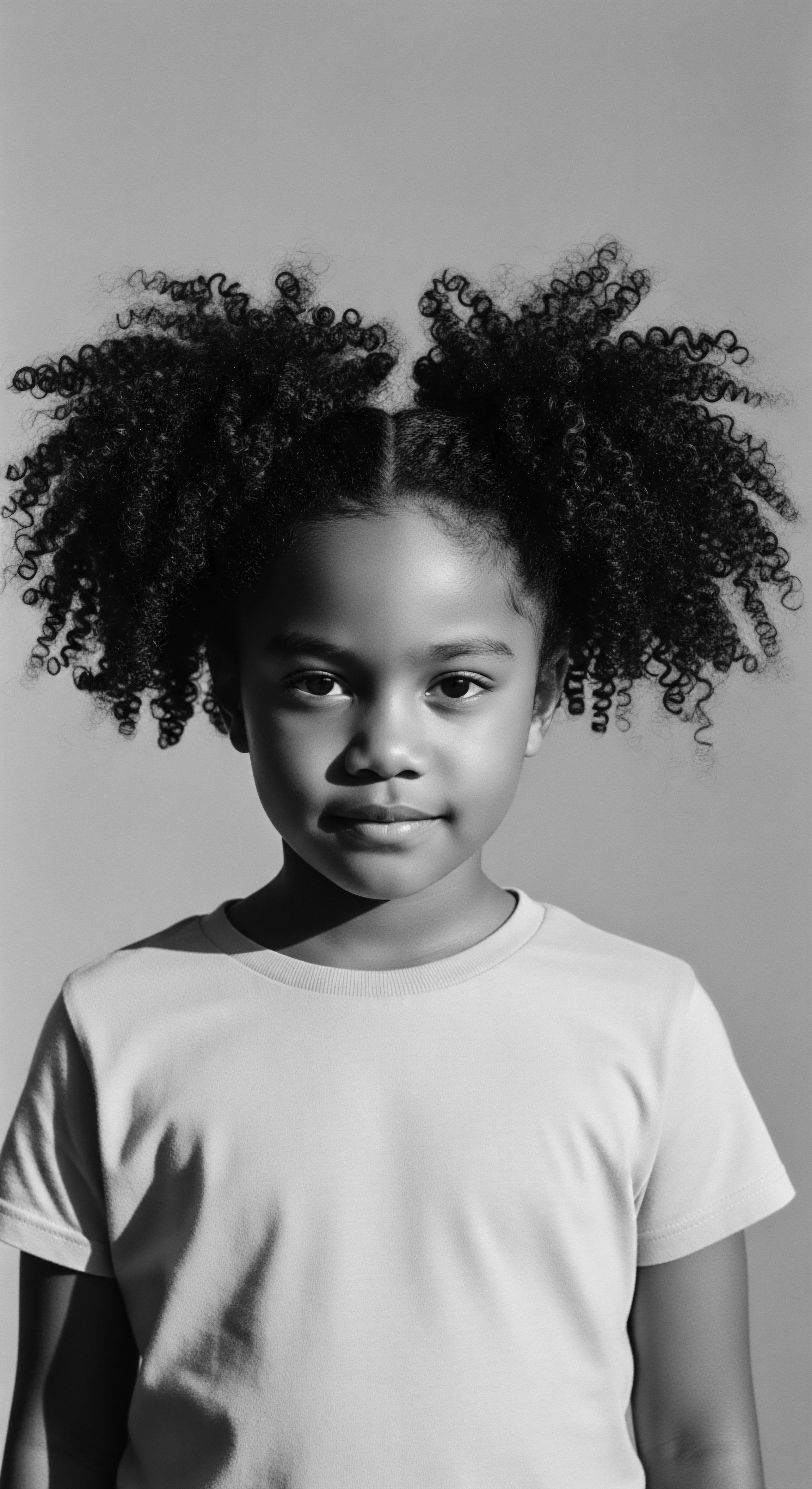
Reflection on the Heritage of Paleolithic Hair Definition
The journey through the Paleolithic Hair Definition is more than an academic exercise; it is a spiritual homecoming, a reconnection to the deep wellspring of ancestral wisdom that shaped our understanding of hair. It is a quiet reminder that the complex, exquisite beauty of textured hair is not a modern discovery, but a legacy stretching back to the earliest human footsteps. From the tender ministrations of ancient hands, using plants and practices honed over millennia, to the intricate braided maps that guided enslaved ancestors to freedom, hair has always been a profound repository of memory, resistance, and identity.
The soulful connection between hair and spirit, body and earth, stands as a testament to the profound insights of our forebears. They recognized hair not as a mere adornment but as a living fiber, deeply attuned to the rhythms of life and the whispers of ancestry. This heritage calls upon us to honor our hair with the same reverence, to approach its care with the gentle wisdom of those who came before us. In every coil, every strand, lies a story—a story of survival, of triumph, and of an enduring beauty that transcends fleeting trends.
It reminds us that our hair is an unbroken lineage, a tender thread connecting us to a vast and powerful past, and a bold declaration for the future. The Paleolithic Hair Definition encourages us to listen to the whispers of our hair, to understand its innate language, and to let it voice the unbound helix of our individual and collective histories.

References
- BLAM UK CIC. (2022). The history of Black Hair. BLAM UK CIC.
- Byrd, A. D. & Tharps, L. D. (2014). Hair Story ❉ Untangling the Roots of Black Hair in America. St. Martin’s Griffin.
- Kedi, C. (2015). Beautifying the Body in Ancient Africa and Today. Books of Africa.
- McDowell, K. (2022). HairStorical ❉ A Journey Through the African Black Hair Culture. Kimberly McDowell.
- Matjila, C. R. (2020). The meaning of hair for Southern African Black women. University of the Free State.
- Mbilishaka, A. (2020). Mapping the Terrain ❉ Black Women, Natural Hair, and Mental Health. Journal of Black Psychology.
- Mouchane, M. Douira, A. & El Maati, F. (2024). Ethnobotanical Survey of Medicinal Plants used in the Treatment and Care of Hair in Karia ba Mohamed (Northern Morocco). Journal of Medicinal Plants and By-products, 1(1), 201-208.
- Ngema, Z. (2023, May 11). A Regional Walk Through The History of African Hair Braiding. OkayAfrica.
- Omotoso, A. (2018). The Importance of Hair in Ancient African Civilizations. Journal of Pan African Studies.
- Rosado, S. D. (2003). No Nubian Knots or Nappy Locks ❉ Discussing the Politics of Hair Among Women of African Decent in the Diaspora. Souls ❉ A Critical Journal of Black Politics, Culture, and Society, 5(1), 59-71.
- Sieber, R. & Herreman, F. (Eds.). (2000). Hair in African Art and Culture. Museum for African Art.
- Taylor, K. L. & Kelly, M. W. (2025). Historical Perspectives on Hair Care and Common Styling Practices in Black Women. Dermatologic Clinics, 43(1), 1-10.
- Vogel, N. & Ehsani, J. P. (2022). Afro-Ethnic Hairstyling Trends, Risks, and Recommendations. Cosmetics, 9(1), 21.
- Waller, R. A. & Agrawal, A. R. (2018). Bodily Ways of Knowing ❉ Anthropological and Historical Approaches to Affect and the Senses. Oxford Research Encyclopedia of African History.
